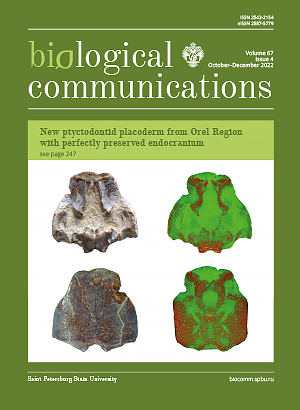Prospects for biobanking in reproductive health: genetic aspects
DOI:
https://doi.org/10.21638/spbu03.2022.404Abstract
Currently, one of the most promising areas of medicine is the development and implementation of new biomedical technologies in the field of human reproduction with the involvement of resources of biobanks and biocollections as well as modern genetic technologies. In this review, we considered the key dimensions of personalized medicine, such as biobanking and genomic medicine. We illustrated crucial aspects in the organization of human bioresource collections and the difficulties arising in the interaction of specialists in the field of biobanking. Problems in obtaining informed consent and collecting personal data are described. Furthermore, the need for creating and developing complex information systems for storing, processing, and analyzing data, creating genetic databases is emphasized. Foreign experience in consolidation of biobank data and the results of genomic studies is summarized. We also describe D.O. Ott Research Institute of Obstetrics, Gynecology and Reproductology’s experience in creating collections of human biomaterials (today it contains more than 60,000 samples, including samples of blood and its derivatives (plasma, serum, whole blood), urine samples, placental tissue, cell cultures, DNA, RNA, and others) and in quality management. The main results of genetic research are provided. Experience in these studies served as the basis for the creation of Biobank “Genofond” and the unique scientific facility “Human Reproductive Health”. The principle of creation of the collection, its purpose, and objectives for future research in the genetics of reproduction are described.
Keywords:
biobank, reproduction, genomic medicine, personalized medicine, bioresource collections
Downloads
References
Downloads
Published
How to Cite
License
Articles of Biological Communications are open access distributed under the terms of the License Agreement with Saint Petersburg State University, which permits to the authors unrestricted distribution and self-archiving free of charge.





